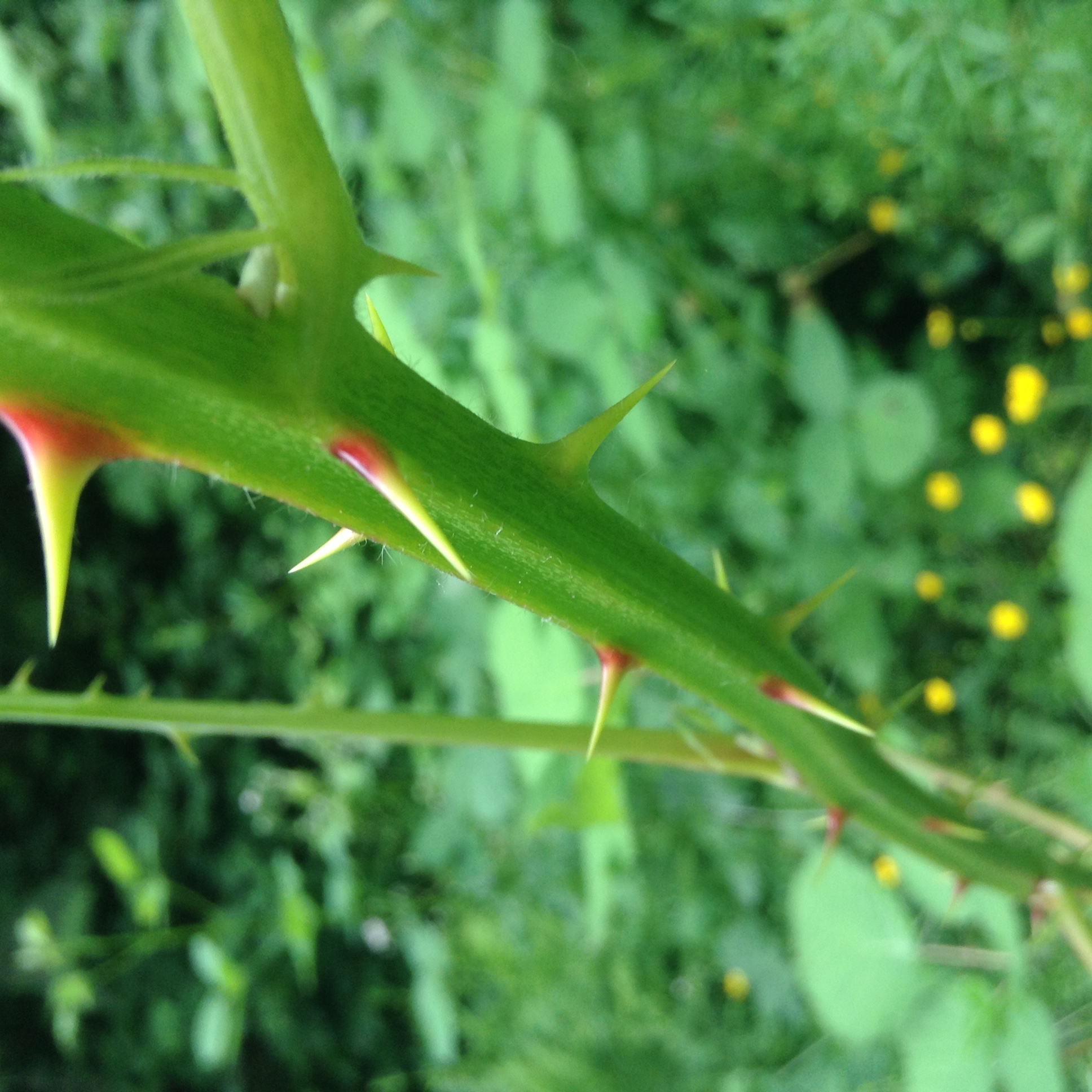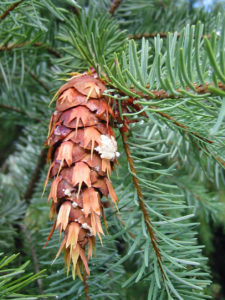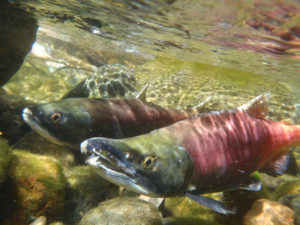As promised, here I am giving you some of the rest of my AmeriCorps experience. To be honest, sitting down to write this was like pulling teeth. It’s like when I get behind on my journal, and the mere thought of back-writing causes me to be productive in nearly every other area of my life in an attempt to avoid it. But sooner or later, something you want to do even less comes around and forces you to do it. Currently, I am avoiding the black hole that is the job listing board on LinkedIn, Indeed, Idealist, and Glassdoor.
It is a shame that it has taken me so long to write about our third project, because it was my favorite by far. My team was sent to Seattle to work with Mountains to Sound Greenway, which is a nonprofit that “inspires action to conserve and enhance the landscape from Seattle across the Cascade Mountains to Central Washington, ensuring a long-term balance between people and nature.” As soon as this project was announced, I was beyond excited. My family grew up camping, skiing, and hiking, and in college I was the Sustainability Coordinator for my student group. However, I had little concrete conservation background or really any science background at all going in. I knew quite a bit about biology and anatomy, because my science background was mostly limited to the period of time when I had been pursuing medicine (AKA a long, long time ago).
Our job wasn’t as abstract as their mission statement. We had a better-defined role. We were to do three main things: conservation field work, education event support, and volunteer event support. Mostly we did field work, which is just a fancy way of saying that we removed invasive species such as Himalayan Blackberry, Scotch Broom, English Ivy, Tansy Ragwort, Knotweed, etc. 95% of our removals were of Himalayan Blackberry, which was frankly a bitch to remove because of its thorns. It grows all twisted in brambles, so you have to clip down the branches first and then dig out the root ball where all the nutrients are stored. Because if you don’t remove the root ball, it will just grow back and even worse next time. Some of the root balls were bigger than footballs, and we broke a few shovels prying them out. If you have ever removed this plant or a similar plant, you probably have the scars to show for it like me. I have permanent tiny scratches all up and down my forearms, which combined with the poison oak scars that I got during our last project, made my idea to get a tattoo to remember the year obsolete.
But that is beside the point—we were removing invasive species because they stole nutrients and sunlight from native species, which the local fauna need to survive. However, the main reason for our work was to protect critical salmon habitat. I’m sure you know that salmon swim upstream to spawn, but you may not know that they need cool, shaded water to survive the swim. Without tall, native tree species to shade the river, salmon often die in the baking sun before they have a chance to spawn. Although they are not technically on any endangered species list, their numbers are declining, specially the numbers of the Kokanee Salmon, which are special because they only exist in a few places in the world. Lake Sammamish, where we were working, is one of them. We also replaced these invasive species with native species by planting Douglas Firs, Grand Firs, Western Red Cedars, Western Hemlocks, Salmonberry, Snowberry, Black Cottonwoods, etc. to shade the river and provide nutrients to the environment. I loved the interconnectedness of the plants and the animals, and the variety of plants we worked with was beyond anything I’d ever been exposed to. At home, I probably could name two native trees, maybe.
It all started, I suppose, with our orientation. Dan, our supervisor from Mountains to Sound Greenway, took us on a tour of Lake Sammamish State Park. He pointed out all the different plants that grew there, and we probably saw at least 30 different species. Dan seemed to know everything about these plants, and I was jealous. I had never had such a depth of knowledge on a topic. Majoring in International Studies, my studies were so cross-discipline that I knew a little bit about everything. I yearned to make myself an expert in something. For some reason, which I am sure you could extrapolate from my last blog post, I have always had this sense that as I get older doors are closing left and right. I mean to say that as each year passes and I go further down a road, more and more opportunities are disappearing. No longer could I be an astronaut or a famous singer. It doesn’t even matter if I don’t want to do these things. The mere thought that they are being taken away is anxiety-inducing.
I thought it was too late to enter a foreign field like conservation, but within a few weeks of studying and asking an annoying amount of questions, I knew enough to land several internships in the conservation field. I didn’t take the internships, but I felt competent and relieved knowing that if I wanted to and worked for it, I could change course. I was like an old, well oldish (I’m only 23 after all), dog learning new tricks. It really isn’t ever too late. It would take longer and be more difficult, but I could do it. Doors were closing, but they weren’t locking.



